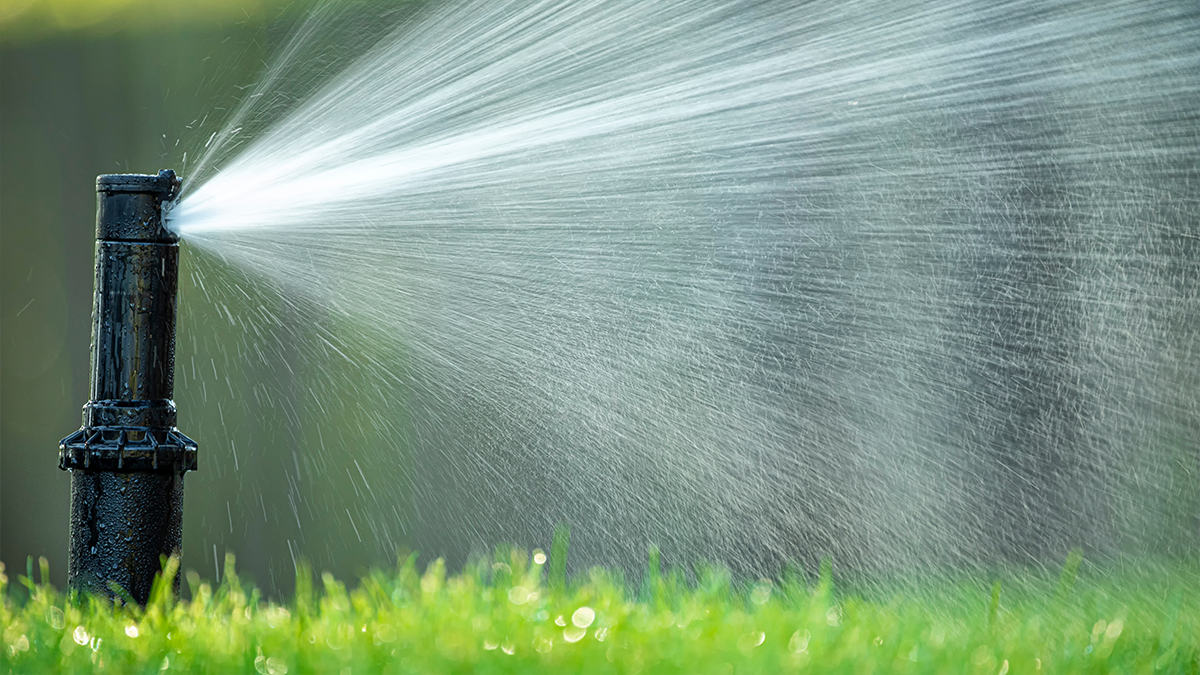Crabgrass is one of the most stubborn and unsightly weeds that can invade your lawn. Left unchecked, it can quickly spread, taking over your grass and ruining the uniform appearance of your yard. Fortunately, with proper prevention techniques, you can stop crabgrass before it becomes a problem. Here’s everything you need to know about preventing crabgrass and keeping your lawn looking its best.
What is Crabgrass?
Crabgrass is an annual weed that thrives in warm weather, usually appearing in late spring and summer. Unlike your lush green grass, crabgrass grows in clumps and spreads aggressively, often outcompeting your lawn for nutrients and water. Once it takes hold, it’s challenging to eliminate, which is why prevention is key.
How to Prevent Crabgrass
1. Apply Pre-Emergent Herbicide
The most effective way to prevent crabgrass is by applying a pre-emergent herbicide in early spring, before the weed has a chance to germinate. Timing is crucial—apply the herbicide when soil temperatures reach around 55°F for a few consecutive days.
2. Mow at the Right Height
Keeping your grass at the proper mowing height can help prevent crabgrass from taking over. Mowing too short weakens your lawn and creates bare spots where crabgrass can thrive. Aim to keep your grass around 3 to 4 inches tall to provide shade and prevent weed seeds from sprouting.
3. Maintain a Thick, Healthy Lawn
A dense lawn is the best defense against crabgrass. Overseed thin areas in the fall to promote thicker grass growth. Fertilizing regularly with the right nutrients will strengthen your lawn and reduce the chances of weed infestation.
4. Water Properly
Deep, infrequent watering encourages strong root growth, which helps your grass outcompete weeds. Avoid frequent, shallow watering, as this can promote weak grass roots and give crabgrass the opportunity to spread.
What to Do If Crabgrass Has Already Sprouted
If you’ve missed the window for pre-emergent herbicide and crabgrass has already appeared, you’ll need to take a different approach. Spot-treat the affected areas with a post-emergent herbicide designed for crabgrass control. Be sure to follow label instructions carefully to avoid damaging your lawn.
Conclusion
Preventing crabgrass requires a combination of proper lawn care practices, timely herbicide applications, and maintaining a thick, healthy lawn. By following these steps, you can keep crabgrass at bay and enjoy a lush, weed-free yard all season long. Need professional help with your lawn care? Contact us today to learn more about our fertilization and weed control programs!

